21 Amazing Benefits Of Pumpkin For Skin, Hair, And Health
Make the most of the many benefits of pumpkin by following a few tips.
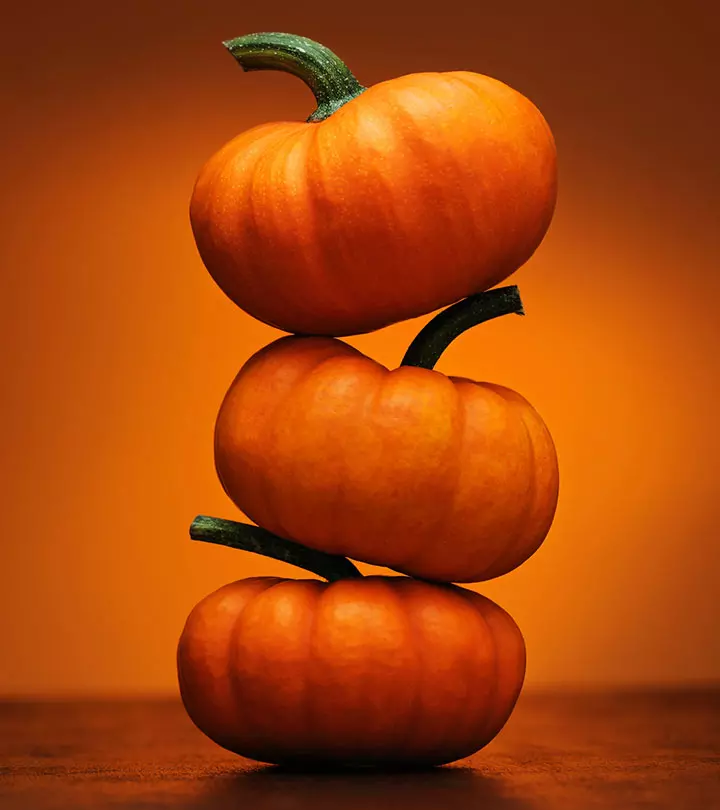
Image: i Stock
Yellow pumpkin benefits us in several significant ways! It is one of the most commonly found vegetables all over the world. It belongs to the Cucurbitaceae family that includes squash, cucumber, zucchini, muskmelon, and watermelon.

Pumpkins come in various shapes and sizes, with a thick and smooth outer skin and fleshy, fibrous pulp inside. The color of the skin may be white, pale green, dark green, or yellowish orange, while the pulp inside may vary from yellow to orange to red. The pumpkin plant usually grows like a creeper, a vine clinging to the ground with support provided. While the smaller ones can range anywhere from 2 to 10 lb in weight, the larger ones can weigh as much as 75 lb. While pumpkin is used in a variety of sweet and savory preparations, pumpkin flowers are also consumed for their unique taste and nutritional benefits!
Pumpkins are widely popular for their significant role in Halloween celebrations. Many households in the US and places all over the world make pumpkin pies and their local delicacies flavored with pumpkin during this time. However, the pumpkin’s benefits are not just limited to its culinary preparations and uses. It is rich in important vitamins, minerals, and antioxidative plant compounds like beta-carotene as well. These nutrients make pumpkins beneficial for our health in several important ways. Read on to know more about the several ways pumpkin benefits us so you can make the most of this humble nutrient-rich vegetable. Scroll down to learn how to add it to your diet as well!
 Know Your Ingredient: Pumpkin
Know Your Ingredient: PumpkinWhat Is It?
A nutrient-rich vegetable that belongs to the Cucurbitaceae family, famous for its culinary and cultural uses.
What Are Its Benefits?
It may enhance skin and hair health, reduce the risk of cancer and heart disease, and aid in weight loss.
Who Can Use It?
Anyone who isn’t allergic to the vegetable can consume/use it.
How Often?
It can be consumed daily in moderation.
Caution
It may cause stomach discomfort, diarrhea, and nausea. It might also cause itching, rash, and allergic reactions in some.
In This Article
Pumpkin Nutrition Facts
According to the U.S. Department of Agriculture, 1 cup (116 g) of raw pumpkin contains (1):
- Energy: 30.2 kcal
- Water: 106 g
- Protein: 1.16 g
- Fat: 0.116 g
- Carbohydrate: 7.54 g
- Fat: 0.58 g
- Sugars: 3.2 g
- Calcium: 24.4 mg
- Iron: 0.928 mg
- Magnesium: 13.9 mg
- Sodium: 1.16 mg
- Potassium: 394 mg
- Zinc: 0.371 mg
- Copper: 0.147 mg
- Vitamin C: 10.4 mg
- Thiamin: 0.058 mg
- Niacin: 0.696 mg
- Riboflavin: 0.128 mg
- Pantothenic acid: 0.346 mg
Though raw and cooked pumpkins have similar nutrients, certain cooking methods like deep frying can enhance the bioavailability of certain nutrients, including beta-carotene. For example, when pumpkin is cooked in oil, the absorption of beta-carotene becomes easier for your body. This means that cooking not only improves the taste but also makes the beneficial nutrients in pumpkin more accessible for your body to absorb (2).
In addition to these nutrients, pumpkin contains folate, vitamin A, vitamin B6, vitamin E, beta carotene, as well as lutein and zeaxanthin.
Key Takeaways
- Eating pumpkin will help you improve your skin health because it is rich in antioxidants.
- Pumpkins have potassium, which helps regrow your hair.
- It is enriched with fiber and can help you improve your digestive system.
- Include it in your diet to lose weight, as pumpkin contains only 26 calories in 100 grams.
Pumpkin Skin Benefits
The benefits of pumpkin are for all skin types, particularly environmentally damaged or sensitive skin. Here are the benefits of pumpkin for the skin.
1. Treatment of Oily Skin
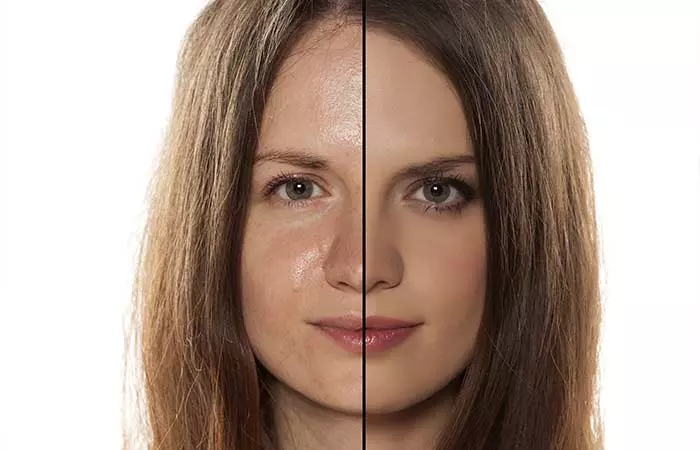
If you have oily skin, you can try a face pack by mixing 1 tablespoon of pumpkin puree with 1 teaspoon apple cider vinegar. Apply this on a damp face and leave till it dries or up to 30 minutes. Rinse off with lukewarm water and then rinse with cold water. After this, you can apply an appropriate moisturizer meant for your skin type.
2. Treatment of Dry Skin
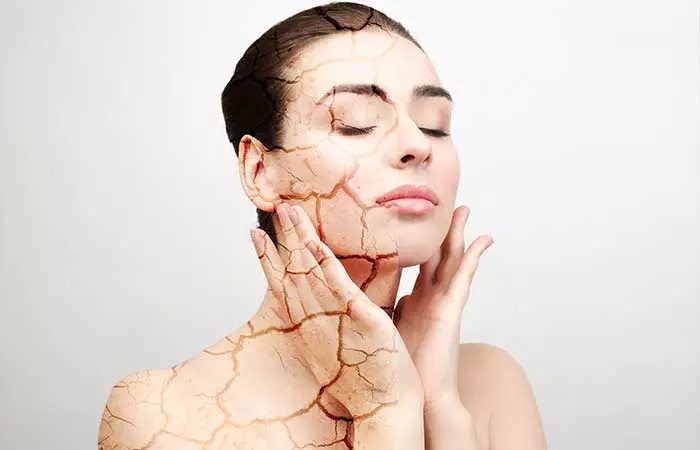
For dry skin, mix 2 teaspoons cooked or canned pumpkin puree with ½ teaspoon honey, ¼ teaspoon milk and ¼ teaspoon heavy whipping cream. Apply this evenly on your face avoiding the eye area and let it settle for 10-15 minutes. This mask exfoliates, nourishes and conditions your skin. Rinse off with warm water and apply a moisturizer meant for your skin type.
3. Anti-ageing Benefits
Pumpkin is a good source of vitamin C which is a powerful antioxidant and also contains beta-carotene which helps to reverse UV damage and improve skin texture. It helps to promote the production of collagen, thus improving your skin tone and elasticity. It protects the skin from radical damage which is responsible for causing wrinkles and even skin cancer (1).
4. Treatment of Dark Spots
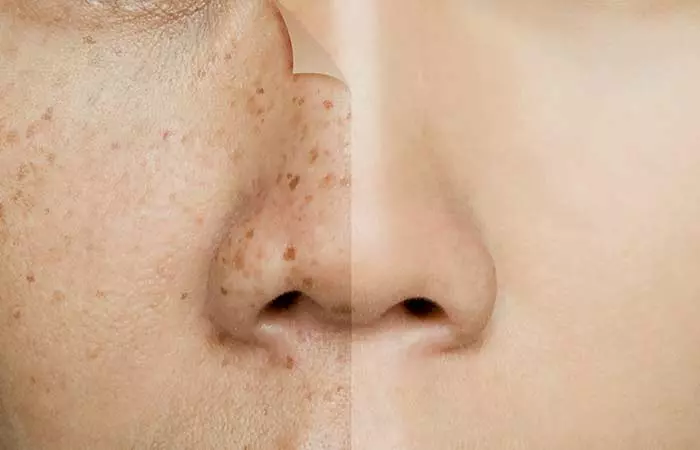
To fade dark spots, prepare a face pack by mixing 1 tablespoon pumpkin puree, 1 teaspoon honey, 1 teaspoon lemon juice and 1 teaspoon vitamin E oil. Apply this mixture on a damp face for 30 minutes or until it dries and rinse off with lukewarm water.
5. Pumpkin Body Mask
You can prepare a refreshing body mask by mixing ½ cup cooked or canned pumpkin puree with ½ cup coconut solids and ½ teaspoon ground cinnamon. Apply this all over your body, massaging gently. Leave this mask for about 10 minutes. Rinse off with warm water and pat dry. This will refresh and relax your skin.
6. Treatment of Acne
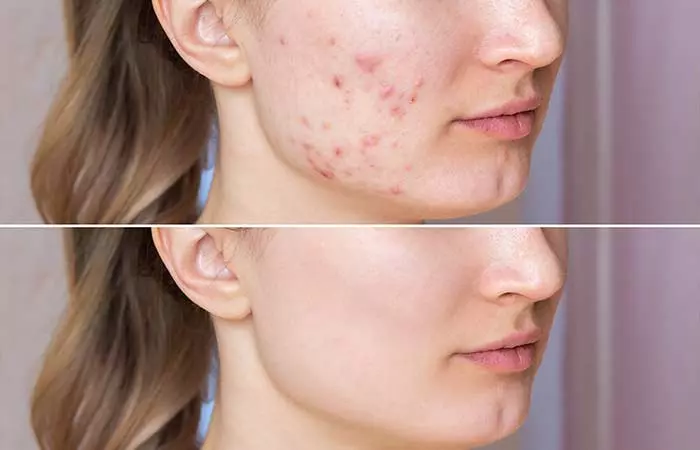
Pumpkin is a good source of B vitamins such as niacin, riboflavin, B6, and folate. Niacin improves circulation, and hence, is beneficial in treating acne. And folate helps to increase circulation, which improves cell turnover and renewal. Some research suggests that the antioxidant properties of pumpkin may also help treat acne (3).
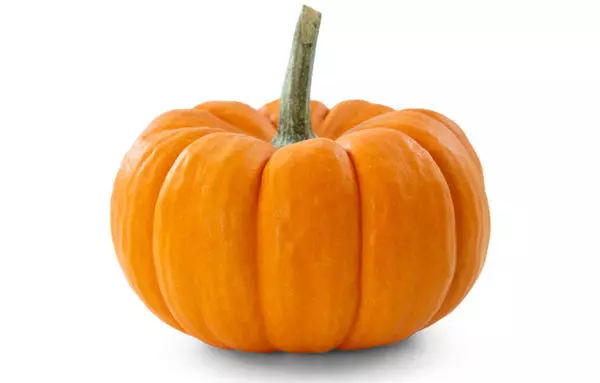
Pumpkin Hair Benefits
Besides its benefits in skincare, pumpkin offers several benefits for your hair, thanks to its rich nutritional value. As we all know, hair follicles require an adequate supply of nutrients for their optimal growth and health. Pumpkin is beneficial for your hair in the following ways.
7. Promotes Hair Growth
Pumpkin is a rich source of minerals including alpha-carotene, potassium and zinc. Potassium helps in keeping hair healthy and improving re-growth. Zinc helps maintain collagen and thus plays an important role in promoting healthy hair. Pumpkin seed oil is also known to stimulate hair growth by improving blood circulation(4), (5).
8. Great Conditioner for Dry Hair
If you have dry hair, you can prepare a simple hair conditioner using pumpkin. All you need to do is mix 2 cups of chopped and cooked pumpkin with 1 tablespoon coconut oil, 1 tablespoon honey and 1 tablespoon yogurt. Make a puree with the mixture of pumpkin and yogurt in a food processor or blender. Then add coconut oil and honey to make a smooth mixture. Apply it to damp shampooed hair, wear a plastic shower cap and leave for 15 minutes. Rinse off thoroughly and style as usual.
Health Benefits of Pumpkins
This brightly colored, “cheerful looking” vegetable is rich in plenty of nutrients, making it a very valuable vegetable from a health perspective. It is a good source of Vitamin A, Vitamin C, Vitamin E, flavonoids and antioxidants such as xanthin, carotenoids and lutein. It is also a good source of B complex vitamins like folate, niacin, pyridoxine, pantothenic acid and thiamine. Mineral wise, it is rich in iron, copper, potassium, calcium and phosphorus(6) Here are pumpkin benefits for heath:
9. Low in Calories
Pumpkin is a very low calorie vegetable. 100 grams of pumpkin provide only 26 calories (1). Most dieticians recommend pumpkin in their weight reduction programs.
 Trivia
Trivia10. Rich Source of Beta Carotene
The distinctive bright orange color of pumpkin indicates that it is a rich source of beta carotene. People who eat a diet rich in beta carotene are less likely to develop cancer. Beta-Cryptoxanthin and carotenoids in pumpkin decrease the risk of lung cancer in smokers and reduce inflammation (7), (8).
11. Reduces Asthma Attacks
The antioxidant properties of pumpkin protect the respiratory system from infections, reducing asthma attacks (9).
12. Rich Source of Potassium
Potassium is an important mineral required for proper functioning of the heart and muscles. One serving of pumpkin provides around 334 mg of potassium, making it one of the highest sources of potassium (6). You can add pumpkin to your post workout snack or meal for the extra potassium boost.
13. Reduces Risk of Heart Diseases
Pumpkin helps to get rid of build-up of arterial deposits, thereby reducing the risk of heart diseases and strokes. The high amount of antioxidants in pumpkin also prevents atherosclerosisi Buildup of fats in and on the arterial walls, slowing down blood flow, eventually leading to a heart attack. (hardening of arteries). It minimizes the risk of high blood pressure. Pumpkin also has a high amount of phytosterol, which is very similar to human cholesterol. It normalizes the cholesterol to a healthy level (10).
14. Boosts Immune System
Pumpkin provides ample amounts of magnesium for maintaining muscle function and boosting the immune system. It boosts the immunity system by increasing the production of white blood cells in the body. This builds a resistance to various kinds of infections like cold, flu and fever (11).
15. May Prevent Peptic Ulcer
Pumpkin is an amazing detoxifying food. It is an innate diuretici Drugs or agents used to eliminate excess water and sodium through the kidneys to relieve the pressure exerted on the veins and arteries. , which is useful for flushing out toxins and wastes from the body. The medicinal properties of pumpkin calm the gastrointestinal tracti It refers to our digestive system that includes all major organs like the mouth, esophagus, stomach, intestines, rectum, and anus. to prevent peptic ulcer (12).
16. Rich Source of Fiber
Pumpkin is an excellent source of beta-carotene, a form of Vitamin A (6). This aids in digestion and prevents constipation. It also keeps the stomach full for longer periods of time.
17. Reduces Stress and Depression
Lack of tryptophan in the body often leads to depression. Pumpkin is rich in L-tryptophan, an amino-acid which reduces depression and stress. Research also touts pumpkin as a natural antidepressant (13 ). The sedative properties of pumpkin may even help in treating insomniai A sleep disorder that makes it difficult for people to fall asleep or have an uninterrupted sleep schedule. .
18. Rich Source of Vitamin A
Pumpkin is an excellent source of Vitamin A (6). This nutrient is required to keep the eye healthy, maintain good vision and improve eyesight. Zeaxanthin in pumpkin also helps filter UV rays in the retina of the eyes. This protects from the age-related macular diseasesi Eye disease that affects the retina due to aging and can blur the central vision. It is incurable and requires surgery. in the elderly (14).
19. Prevents Inflammatory Diseases
Regular consumption of pumpkin also reduces the risk of developing inflammatory diseases (15). It also may help reduce the risk of rheumatoid arthritisi A chronic inflammatory disorder where a compromised immune system attacks its own cells, causing extreme joint pain. , though more research is warranted in this regard.
20. Protects Against Prostate Cancer
The high content of carotenoids and zinc in pumpkin protects against prostate cancer. It prevents the enlargement of prostate and over stimulation of the male hormones that cause prostate problems (15), (16).
21. Rich Source of Vitamin K
Pumpkin is one of the best sources of Vitamin K. It contains around 40% of the daily recommended dose. Vitamin K is very beneficial for the growth of bones and heart health. Vitamin C in pumpkin is needed for proper growth and repair of the tissues in the body. One serving of pumpkins provides 20% of the daily recommended dosage (6).
Karen, a Youtuber, shares her own experience of using pumpkin seed oil in one of her vlogs and points out its multiple benefits: “Today, I’m specifically talking about pumpkin seed oil for bladder issues because that’s why I’m taking these, but it has also been shown to work for hair regrowth (i).”
 Trivia
TriviaPumpkins offer a wide range of health benefits, such as promoting skin health and enhancing immunity. Incorporating pumpkin into your meals is not only tasty but also a smart nutritional choice. Learn how to select and store pumpkins for your convenience in the next section..
How to Select and Store?
Selection:
Pumpkins are available in various shapes, sizes and colors. They can grow up to 100 pounds but the smallest ones with tender flesh are most suitable for consuming. The first step is to check the stem of the pumpkin. Squeeze the stem to ensure that it is solid and firmly attached. A soft stem indicates that the pumpkin is not fresh and will not last long. Examine the entire pumpkin for soft spots and if you find any soft spot, move on to the next one. The stem gives character to the pumpkin. Hence, it should not be lifted by its stem as it is more likely to break.
As far as the color is concerned, it should be uniform. Patches of green indicate that the pumpkin was not ripe when picked and is not likely to ripen further. The shape of the pumpkin depends upon your personal preference.
Select those pumpkins which are free from blemishes, bruises and dents as these might cause the pumpkins to rot quickly. Look closely at the bottom of the pumpkin for molds and pinholes. Molds on the pumpkin indicate that it is already rotting while the pinholes indicate that the insects have started to eat the pumpkin and it is not likely to last long. The pumpkins should be small and heavy for their size as they have tender and more flavorful flesh.
- Storage: Pumpkins should be kept in a cool, dark, dry and well ventilated place, preferably an attic or spare room at a temperature of 45 to 60 degrees F. Pumpkins can last up to a month and can be refrigerated for up to 3 months. Cooked pumpkin can be stored for up to 16 months in frozen or canned form. Once thawed, it works well in soups, breads, and various other dishes.
To increase their shelf life, the skin of the pumpkins should be washed in a chlorine solution prepared by adding a tablespoon of chlorine bleach to a gallon of water. This will disinfect the skin and discourage the formation of molds and rot. Dry immediately to prevent spoilage. If any mold is visible, wipe it off with vegetable oil.
Tips for Usage (Cooking / Eating):
Pumpkins can be a great addition to both savory dishes and desserts since there are numerous ways of cooking these squashes. Pumpkins are needed to be cut into chunks before proceeding to prepare them. Since they have tough skins, they need to be cut with a strong knife. Pumpkin should be kept on a thick tea towel and then cut into halves. If the skin is extremely thick, the knife should be hammered in with a rolling pin. After cutting the first side, the pumpkin should be turned around to cut the other side until it is split into two. The seeds should be scooped out and the pumpkin can be cut into quarters. You can cut the pumpkins into chunks or wedges depending upon the requirement of the recipe. The skin should be peeled off until you want to roast it.
Pumpkins can be used in various ways, some of which are given below.
1. Pumpkins should always be cooked at medium temperatures because high temperatures can cause their flesh to become stringy. In case your pumpkin becomes stringy while cooking, you can beat the pulp with an electric mixer on high speed for about 10 seconds and then switch to low speed for about 60 seconds. Strings should be wrapped around the beaters to facilitate easy removal.
2. Cooked mashed pumpkins can be used in cake and muffin recipes to impart moisture and texture. Shelled pumpkin seeds can be a healthy alternative to pine nuts in many recipes.
3. For making pumpkin pies, you can either use homemade pureed pumpkin or canned ones. It is advisable to bake rather than steam or boil pumpkin in order to alleviate excess moisture. It should be mashed and drained through cheesecloth before being used in pies.
Pumpkin pies are one of America’s favorite dishes. In a YouGov survey involving 1,055 adults in the United States, 35% of people planning to celebrate Thanksgiving stated that they prefer pumpkin pie. About 37% of the respondents celebrating Thanksgiving day make their pie from scratch, while 32% mentioned that their pies are usually homemade but incorporate some store-bought shortcuts. The rest 26% opt for store-bought pies.
4. Roasted pumpkin is a delicious vegetarian dish for any occasion. For this purpose, preheat the oven at 210 degrees. Cut a half fresh pumpkin into desired sized pieces. Place the pumpkin on a baking dish with some oil drizzled on top and mix with a metal spoon to coat well. Sprinkle salt, pepper and rosemary over the pumpkin and place it in the oven. Take the dish out after half an hour, mix the pumpkin and place it in the oven for another half an hour or till it becomes soft and brown.
5. Even pumpkin seeds benefit your health in numerous ways. Pumpkin seeds, known as pepitas, can be roasted and enjoyed as snacks. You can prepare a sweet and salty snack using these seeds. Preheat the oven to 300 degrees F. Spread the seeds on a baking sheet and bake until dry for about 50 to 60 minutes. Now increase the oven temperature to 350 degrees F. Taking out the dish, toss the seeds with butter, sugar, salt, and cinnamon in a bowl. Now return the seeds to the baking sheet, tossing occasionally until golden brown for 10 to 15 minutes.
6. Pumpkin seed oil is an important by-product of pumpkin seeds. This oil can be mixed with other oils for cooking, salad dressings and other purposes due to its strong flavor and color.
7. You can prepare a delicious soup by combining pumpkin and leek. All you need to do is heat the oil in a large saucepan over medium heat. Then add leeks, celery and garlic, cook until they become soft, for about 25 minutes. Stir in 1 ¾ teaspoons salt and ¼ teaspoon pepper. Ladle the soup into a blender and blend until it is smooth. Pour it in a bowl and top with rosemary.
8. Pumpkin chips are a healthy alternative to potato chips. Heat about 1 ½ inches of peanut oil in a soup pot over medium to high heat. Gently add the pumpkin slices and sauté for 3 minutes or until they turn golden. The chips on being ready will begin to float on the top. Carefully remove the chips from the oil with the help of a slotted spoon and place them on a paper towel-lined platter. Season them with salt and serve.
9. Sautéed pumpkins is a delicious dish for autumn. Heat 2 tablespoons butter over medium heat in a large skillet and add about 1 ½ pounds of seeded, peeled and cut pumpkin chunks. Then stir pieces to coat well. Cover the skillet, cook until the pumpkin chunks turn soft, mixing occasionally. Now uncover the skillet and sauté for 15 minutes or until the pumpkin is golden brown and fork-tender. The sautéed pumpkin can be seasoned with salt and pepper and drizzled with maple syrup. It should be served warm.
10. You can prepare the delicious pumpkin bread by combining canned pumpkin puree with whole wheat flour. For this purpose, preheat the oven to 350 degrees F and coat two loaf pans with cooking spray. Mix all-purpose flour, whole wheat flour, baking soda, baking powder and salt in a large bowl. In another large bowl, whisk egg whites, brown sugar, pumpkin puree and oil. Add this pumpkin mixture to the dry ingredients and mix well. Spread the batter into the prepared pans and smoothen the top. Bake the loaves until their tops turn golden brown for about 50-60 minutes. Turn the loaves out on to a wire rack to cool completely. Your pumpkin bread is ready.
Infographic: 7 Amazing Benefits Of Pumpkin
Pumpkin is used to prepare various sweet and savory dishes, and their flowers are eaten worldwide for their taste and nutritional benefits. But not only the flowers but the vegetable also has various health benefits apart from being tasty. Read the infographic below to learn some of the amazing benefits of pumpkin.
Some thing wrong with infographic shortcode. please verify shortcode syntaxPumpkin is an excellent food choice for those following a low-fat, gluten-free, or vegan diet. It can reduce skin oiliness, exhibit anti-aging effects, and help treat dark spots and acne. It also conditions hair and promotes hair growth. It may reduce the risk of cancer and heart disease and aid in weight loss as well. You can include pumpkins in various dishes for baking and use their seeds too. Regular intake can offer important benefits.
Do leave us a comment if you like this article.
Frequently Asked Questions
What happens if you eat too much pumpkin?
The intake of too much pumpkin may increase the amount of water and salt in the body, which are expelled through urine (17).
Can I eat raw pumpkin?
Yes, pumpkin can be eaten raw.
Is pumpkin OK for diabetes?
Pumpkin exhibits anti-diabetic properties that help lower blood sugar levels. The trigonelline and nicotinic acid in pumpkin have shown diabetes-preventing effects (18).
Is pumpkin good for the liver?
Pumpkin seeds can reduce oxidative stress and help prevent liver damage (19).
Illustration: Amazing Benefits Of Pumpkin For Skin, Hair, And Health

Image: Stable Diffusion/StyleCraze Design Team
Learn the plethora of benefits that you can reap from pumpkins. From eyes to skin, this superfood can make our lives a little more healthier. Watch this video to know more!
Personal Experience: Source
StyleCraze's articles are interwoven with authentic personal narratives that provide depth and resonance to our content. Below are the sources of the personal accounts referenced in this article.
i. Pumpkin Seed Oil for Bladder Pain? My Experiencehttps://youtu.be/h8qfsljgfNI?feature=shared
References
Articles on StyleCraze are backed by verified information from peer-reviewed and academic research papers, reputed organizations, research institutions, and medical associations to ensure accuracy and relevance. Read our editorial policy to learn more.
- Anti-Aging Activity Of Cucurbita moschata Ethanolic Extract Towards NIH3T3 Fibroblast Cells Induced By Doxorubicin
https://www.ijcc.chemoprev.org/index.php/ijcc/article/view/103 - In vitro bioaccessibility of β-carotene in pumpkin and butternut squash subjected to different cooking methods
https://www.cabidigitallibrary.org/doi/pdf/10.5555/20183218447 - Physicochemical Properties of Pumpkin Seed Oil & Therapy of Inflammatory Facial Acne Vulgaris
https://www.researchgate.net/profile/T-Al-Noor/publication/319464119_Physicochemical_Properties_of_Pumpkin_Seed_Oil_Therapy_of_Inflammatory_Facial_Acne_Vulgaris/links/5c2b18da299bf12be3a53184/Physicochemical-Properties-of-Pumpkin-Seed-Oil-Therapy-of-Inflammatory-Facial-Acne-Vulgaris.pdf - Effect of Pumpkin Seed Oil on Hair Growth in Men with Androgenetic Alopecia: A Randomized Double-Blind Placebo-Controlled Trial
https://www.hindawi.com/journals/ecam/2014/549721/ - Beneficial effects of pumpkin seed oil as a topical hair growth promoting agent in a mice model
https://www.ncbi.nlm.nih.gov/pmc/articles/PMC6823528/ - Physicochemical nutritional and functional properties of Cucurbita moschata
https://link.springer.com/article/10.1007/s10068-020-00835-2 - Pumpkin raw
https://fdc.nal.usda.gov/food-details/168448/nutrients - Total carotenoid content α-carotene and β-carotene of landrace pumpkins (Cucurbita moschata Duch): A preliminary study
https://www.sciencedirect.com/science/article/pii/S0963996911004881 - β-Cryptoxanthin supplementation prevents cigarette smoke-induced lung inflammation oxidative damage and squamous metaplasia in ferrets
https://www.ncbi.nlm.nih.gov/pmc/articles/PMC3151338/ - ANTIOXIDANT ANTIMICROBIAL AND SPF PROTECTIVE ACTIVITY OF CUCURBITA MOSCHATA CUCURBITA RETICULATA AND CLITORIA TERNATEA
http://www.pharmreports.com/docs/vol4issue03/VOL%204%20ISS%203%20C.pdf - Antihypertensive and cardioprotective effects of pumpkin seed oil
https://pubmed.ncbi.nlm.nih.gov/22082068/ - The effects of methanolic chloroform and ethylacetate extracts of the Cucurbita pepo L. on the delay type hypersensitivity and antibody production
https://www.ncbi.nlm.nih.gov/pmc/articles/PMC3523413/ - Pumpkin Oil–Based Nanostructured Lipid Carrier System for Antiulcer Effect in NSAID-Induced Gastric Ulcer Model in Rats
https://www.ncbi.nlm.nih.gov/pmc/articles/PMC7167276/ - Antidepressant foods: An evidence-based nutrient profiling system for depression
https://www.ncbi.nlm.nih.gov/pmc/articles/PMC6147775/ - Lutein and Zeaxanthin Isomers in Eye Health and Disease
https://www.ncbi.nlm.nih.gov/pmc/articles/PMC5611842/ - Medicinal and biological potential of pumpkin: an updated review
https://pubmed.ncbi.nlm.nih.gov/21110905/ - Pumpkin Seed Extracts Inhibit Proliferation and Induce Autophagy in PC-3 Androgen Insensitive Prostate Cancer Cells
https://pubmed.ncbi.nlm.nih.gov/33978471/ - Physico-chemical studies and evaluation of diuretic activity of Cucurbita maxima
https://www.banglajol.info/index.php/BJP/article/view/12497 - Anti-diabetic effects of pumpkin and its components trigonelline and nicotinic acid on Goto-Kakizaki rats
https://pubmed.ncbi.nlm.nih.gov/19420712/ - Pumpkin seed oil alleviates oxidative stress and liver damage induced by sodium nitrate in adult rats: biochemical and histological approach
https://www.ncbi.nlm.nih.gov/pmc/articles/PMC7750078/ - Anti-Aging Activity Of Cucurbita moschata Ethanolic Extract Towards NIH3T3 Fibroblast Cells Induced By Doxorubicin
https://www.ijcc.chemoprev.org/index.php/ijcc/article/view/103 - Physicochemical Properties of Pumpkin Seed Oil & Therapy of Inflammatory Facial Acne Vulgaris
https://www.researchgate.net/profile/T-Al-Noor/publication/319464119_Physicochemical_Properties_of_Pumpkin_Seed_Oil_Therapy_of_Inflammatory_Facial_Acne_Vulgaris/links/5c2b18da299bf12be3a53184/Physicochemical-Properties-of-Pumpkin-Seed-Oil-Therapy-of-Inflammatory-Facial-Acne-Vulgaris.pdf - Effect of Pumpkin Seed Oil on Hair Growth in Men with Androgenetic Alopecia: A Randomized Double-Blind Placebo-Controlled Trial
https://www.hindawi.com/journals/ecam/2014/549721/ - Beneficial effects of pumpkin seed oil as a topical hair growth promoting agent in a mice model
https://www.ncbi.nlm.nih.gov/pmc/articles/PMC6823528/ - Physicochemical nutritional and functional properties of Cucurbita moschata
https://link.springer.com/article/10.1007/s10068-020-00835-2 - Pumpkin raw
https://fdc.nal.usda.gov/fdc-app.html#/food-details/168448/nutrients - Total carotenoid content α-carotene and β-carotene of landrace pumpkins (Cucurbita moschata Duch): A preliminary study
https://www.sciencedirect.com/science/article/pii/S0963996911004881 - β-Cryptoxanthin supplementation prevents cigarette smoke-induced lung inflammation oxidative damage and squamous metaplasia in ferrets
https://www.ncbi.nlm.nih.gov/pmc/articles/PMC3151338/ - ANTIOXIDANT ANTIMICROBIAL AND SPF PROTECTIVE ACTIVITY OF CUCURBITA MOSCHATA CUCURBITA RETICULATA AND CLITORIA TERNATEA
http://www.pharmreports.com/docs/vol4issue03/VOL%204%20ISS%203%20C.pdf - Antihypertensive and cardioprotective effects of pumpkin seed oil
https://pubmed.ncbi.nlm.nih.gov/22082068/ - The effects of methanolic chloroform and ethylacetate extracts of the Cucurbita pepo L. on the delay type hypersensitivity and antibody production
https://www.ncbi.nlm.nih.gov/pmc/articles/PMC3523413/ - Pumpkin Oil–Based Nanostructured Lipid Carrier System for Antiulcer Effect in NSAID-Induced Gastric Ulcer Model in Rats
https://www.ncbi.nlm.nih.gov/pmc/articles/PMC7167276/ - Antidepressant foods: An evidence-based nutrient profiling system for depression
https://www.ncbi.nlm.nih.gov/pmc/articles/PMC6147775/ - Lutein and Zeaxanthin Isomers in Eye Health and Disease
https://www.ncbi.nlm.nih.gov/pmc/articles/PMC5611842/ - Medicinal and biological potential of pumpkin: an updated review
https://pubmed.ncbi.nlm.nih.gov/21110905/ - Pumpkin Seed Extracts Inhibit Proliferation and Induce Autophagy in PC-3 Androgen Insensitive Prostate Cancer Cells
https://pubmed.ncbi.nlm.nih.gov/33978471/ - Physico-chemical studies and evaluation of diuretic activity of Cucurbita maxima
https://www.banglajol.info/index.php/BJP/article/view/12497 - Anti-diabetic effects of pumpkin and its components trigonelline and nicotinic acid on Goto-Kakizaki rats
https://pubmed.ncbi.nlm.nih.gov/19420712/ - Pumpkin seed oil alleviates oxidative stress and liver damage induced by sodium nitrate in adult rats: biochemical and histological approach
https://www.ncbi.nlm.nih.gov/pmc/articles/PMC7750078/
Read full bio of Yvonne O’ Halloran
Read full bio of Tanya Choudhary
Read full bio of Ravi Teja Tadimalla
Read full bio of Himanshi Mahajan





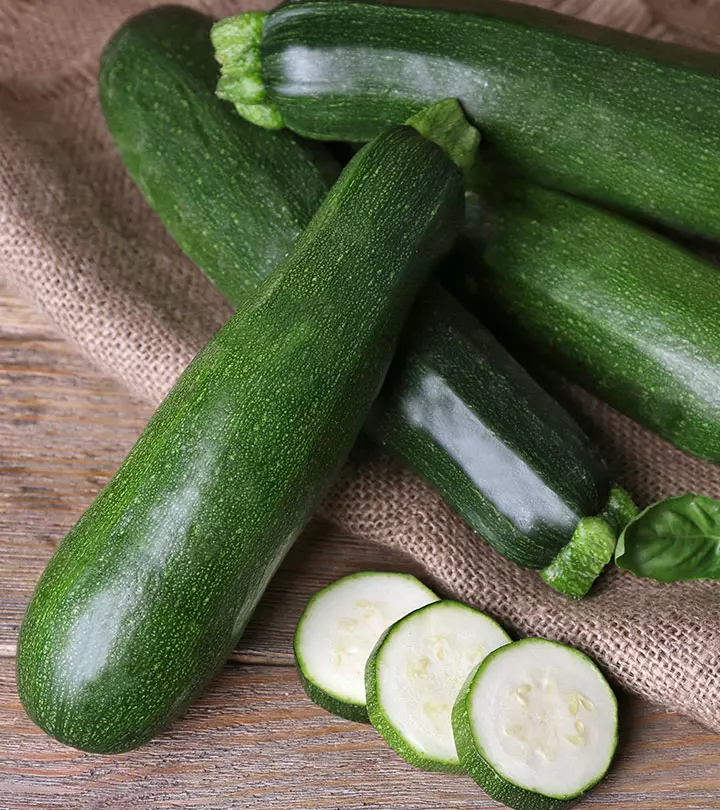
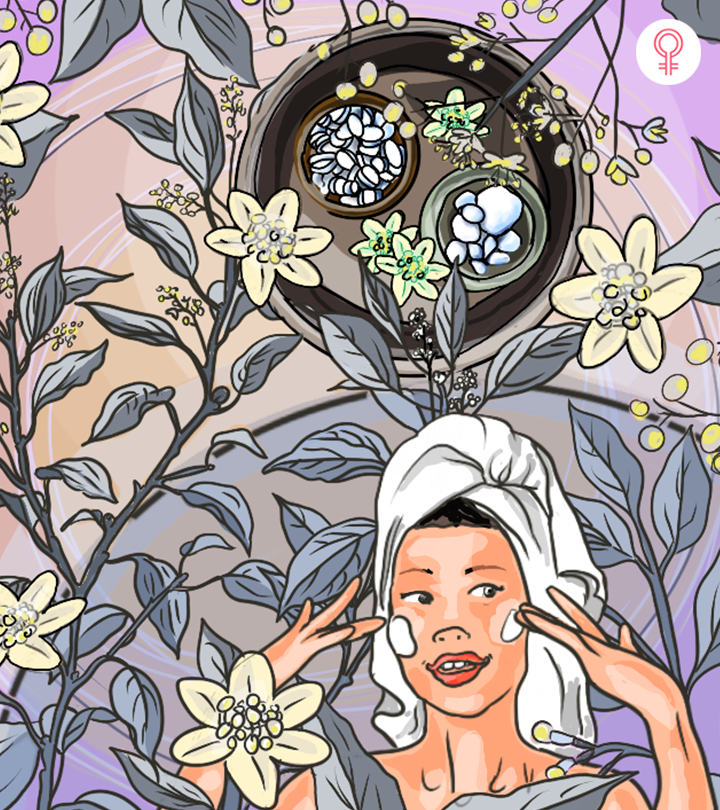
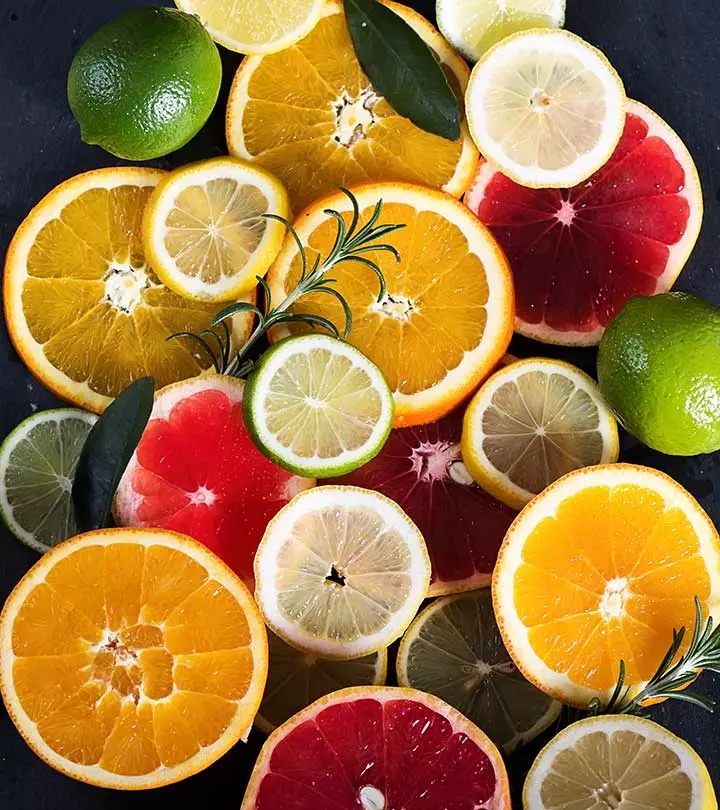
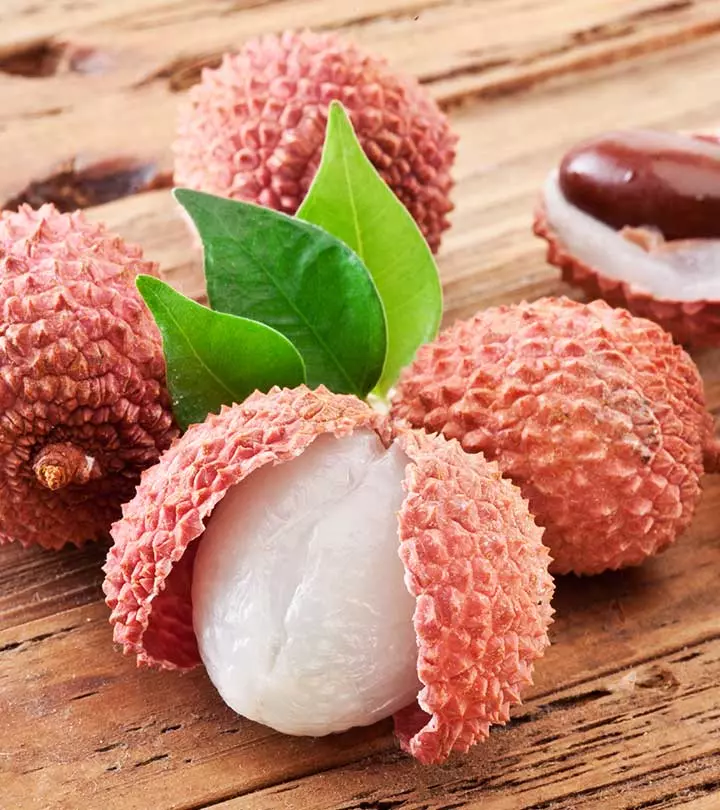
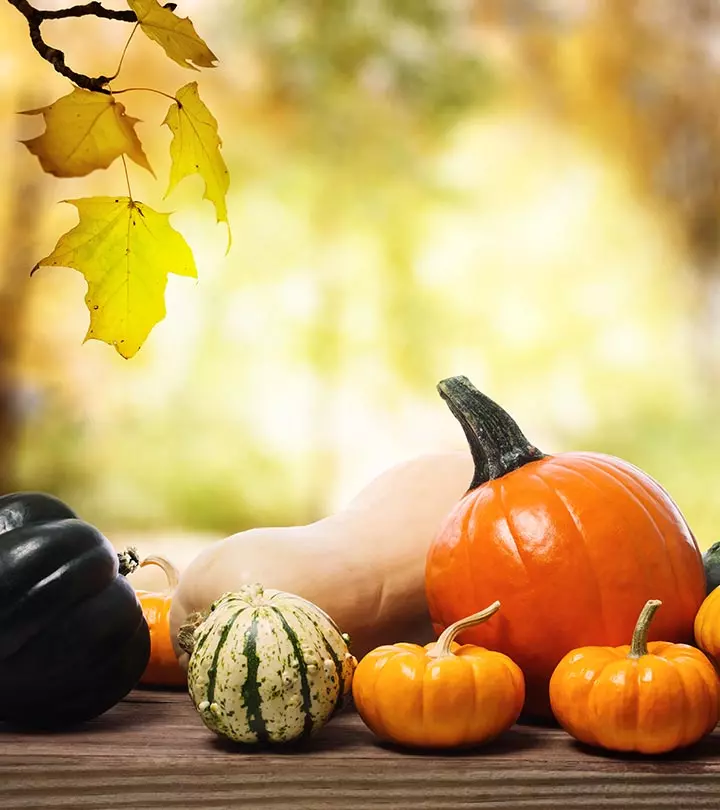
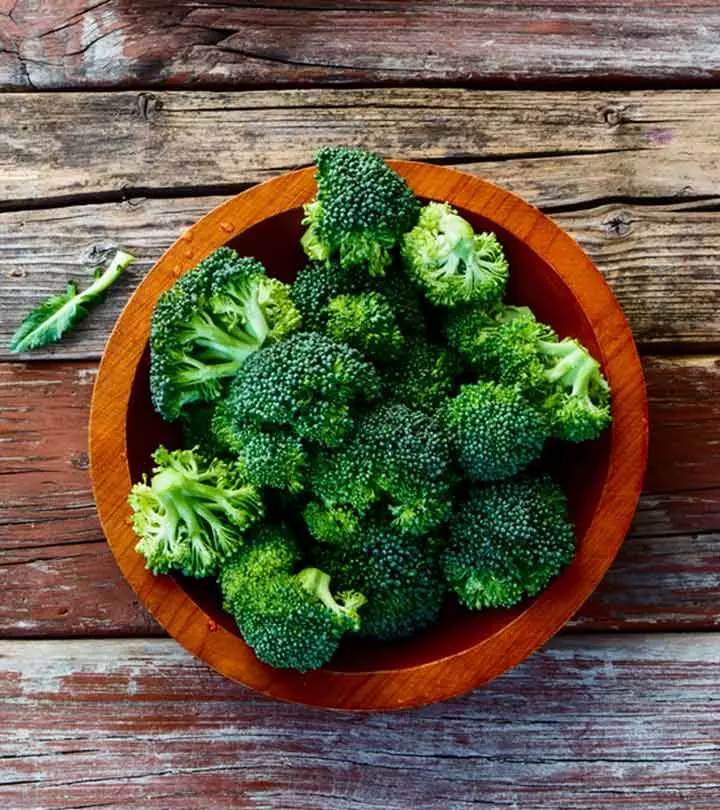

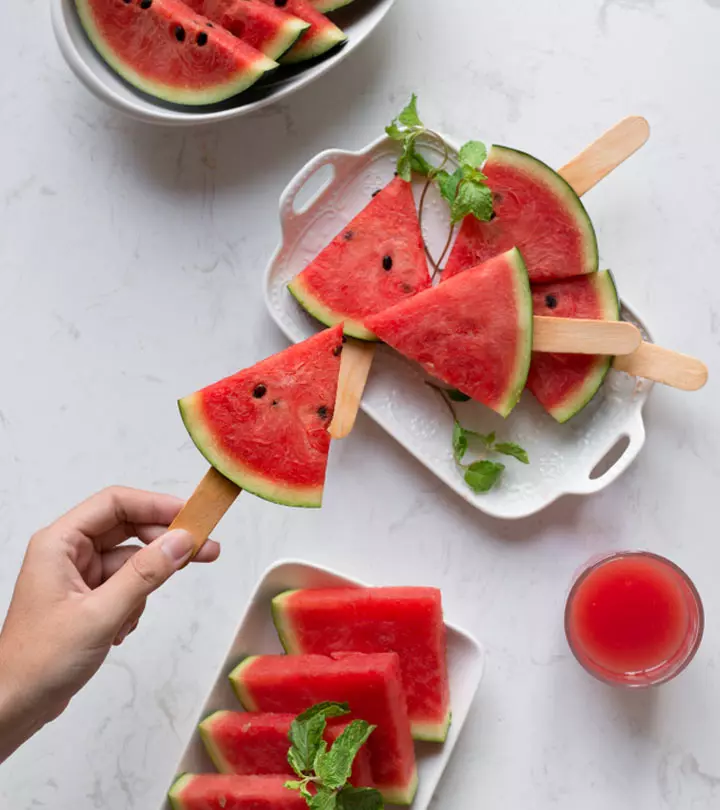
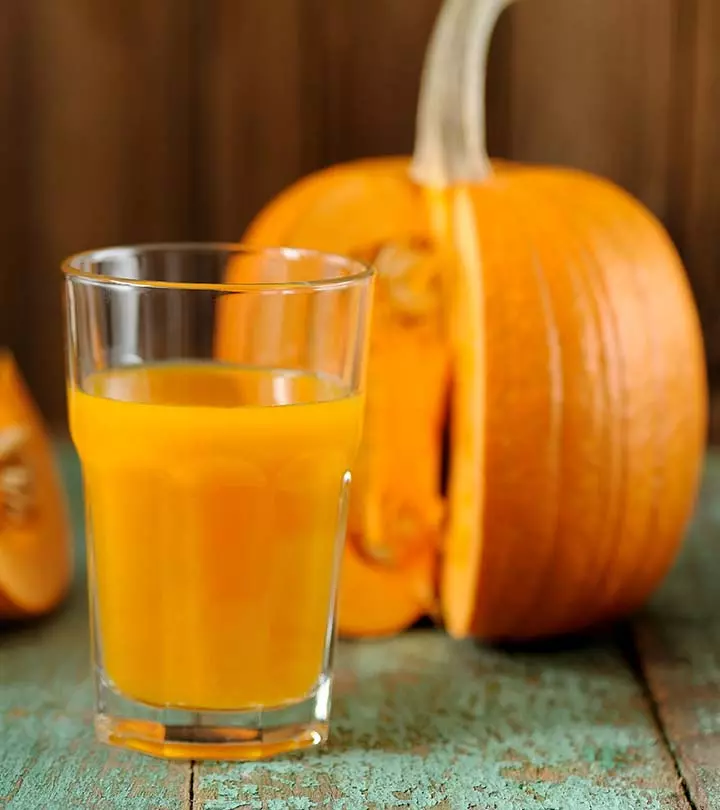
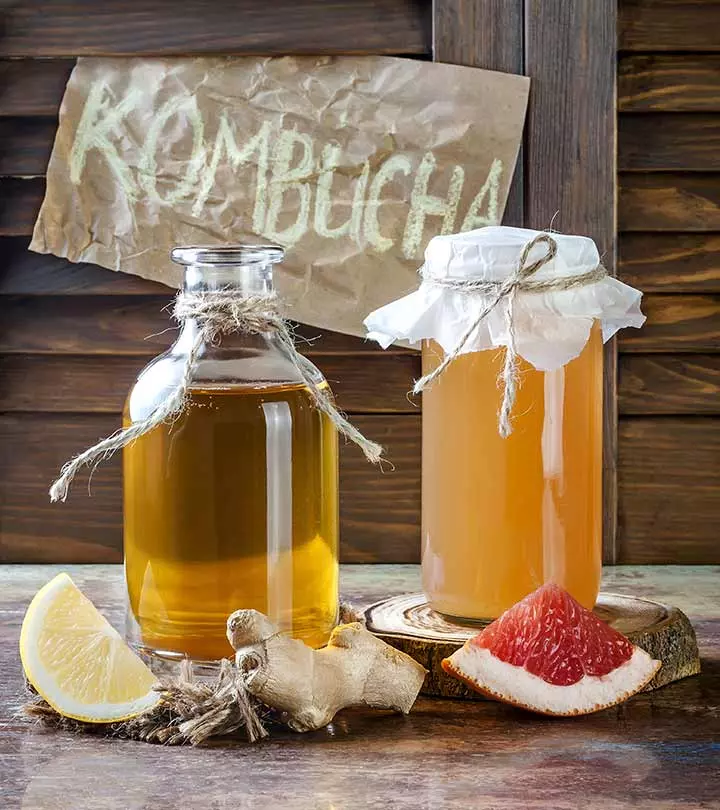
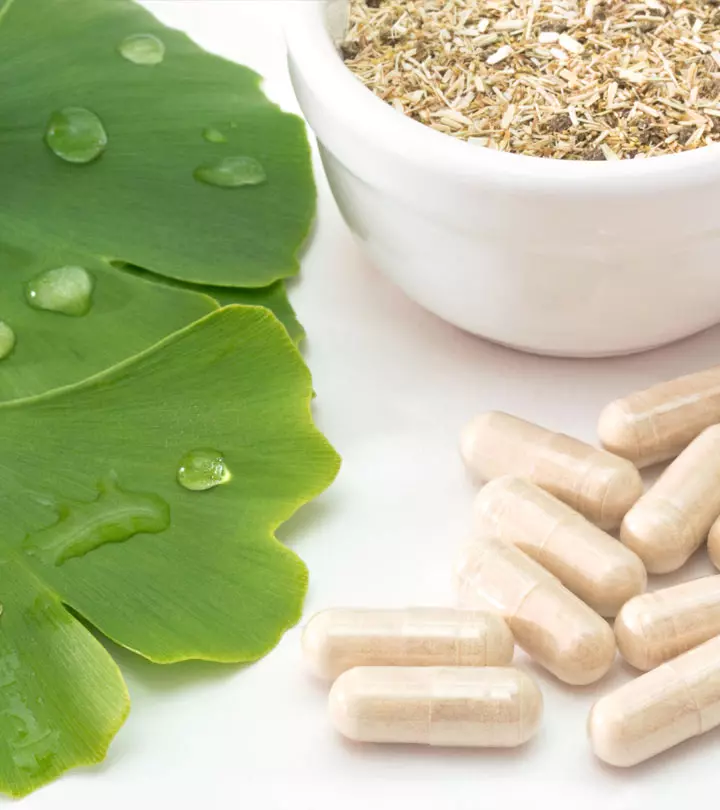
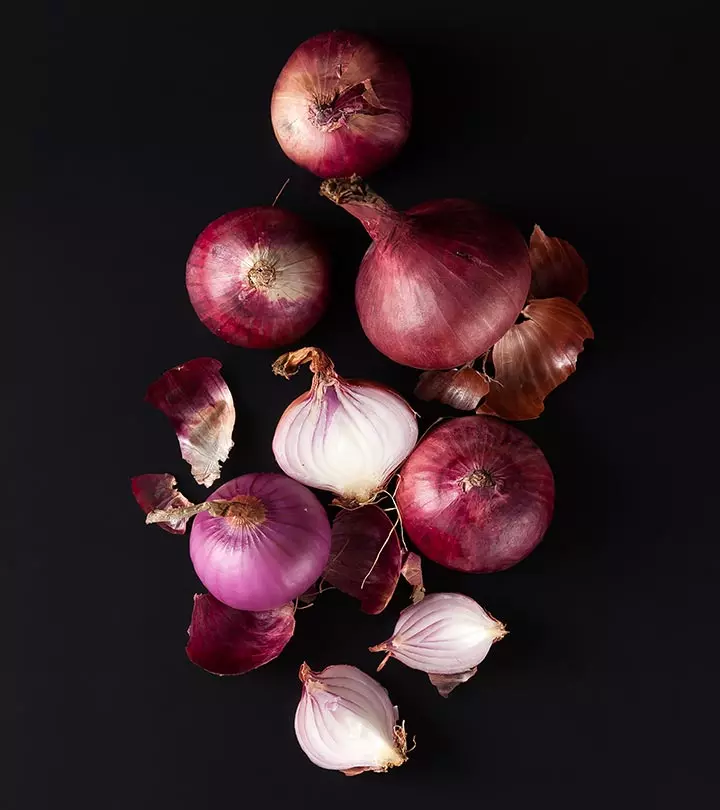

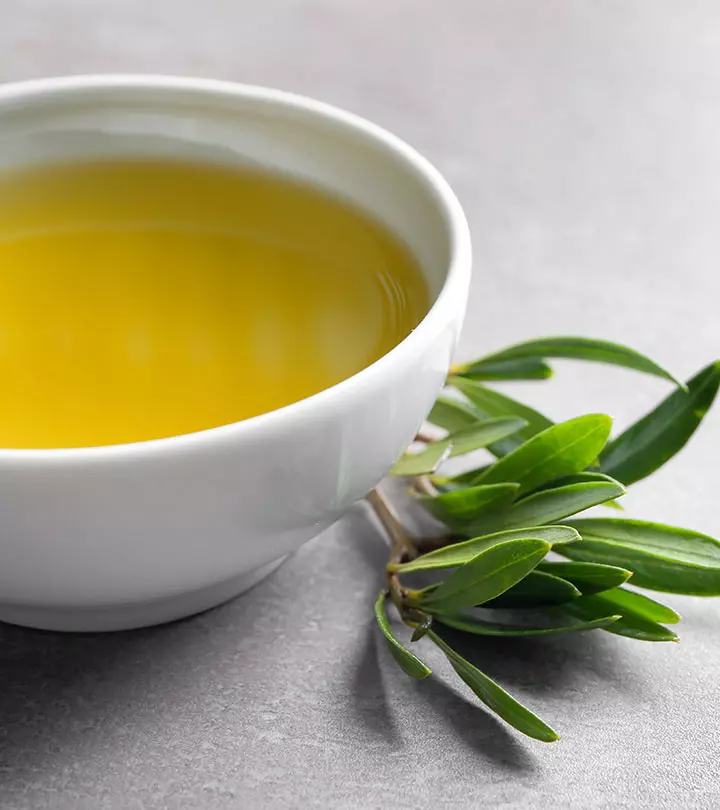
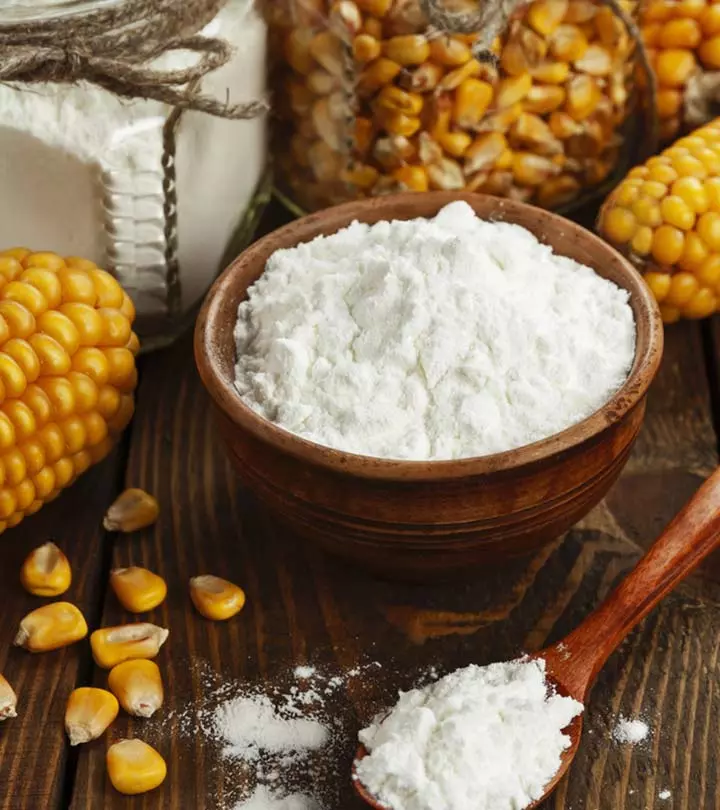
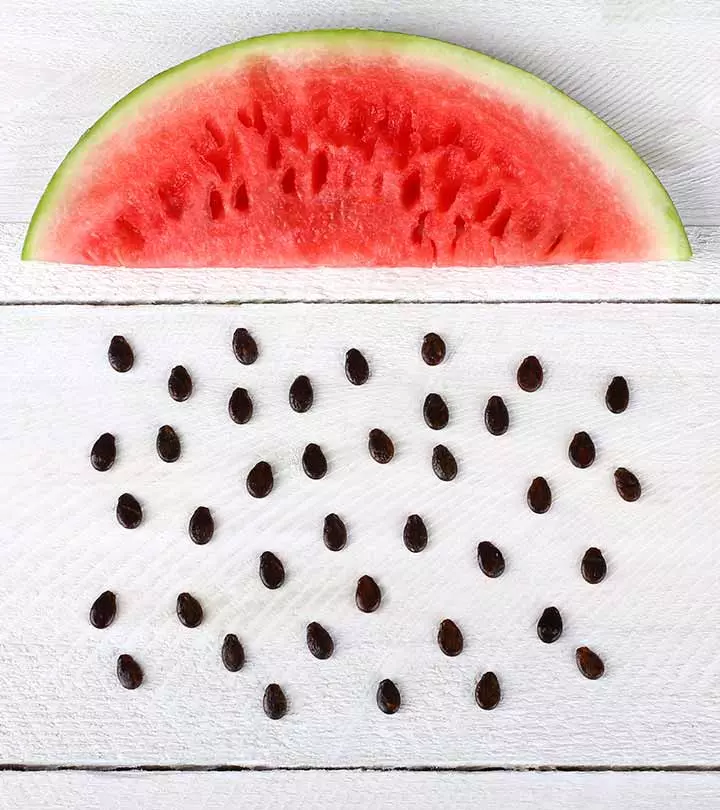
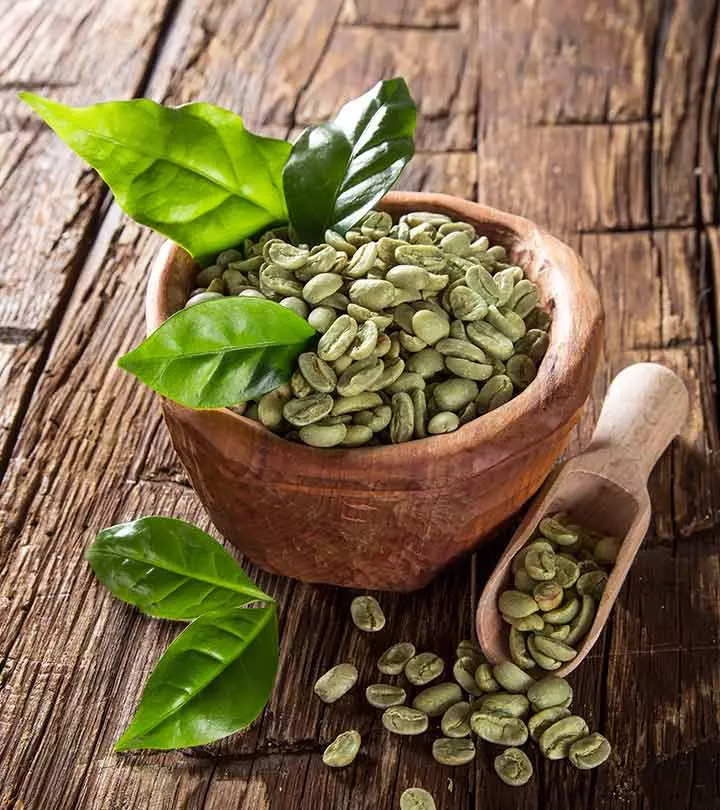
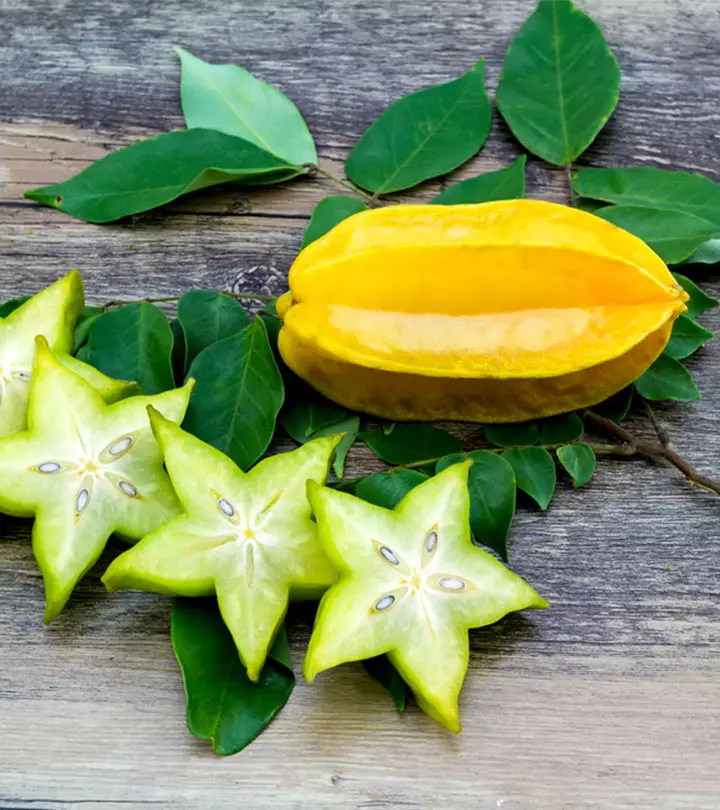
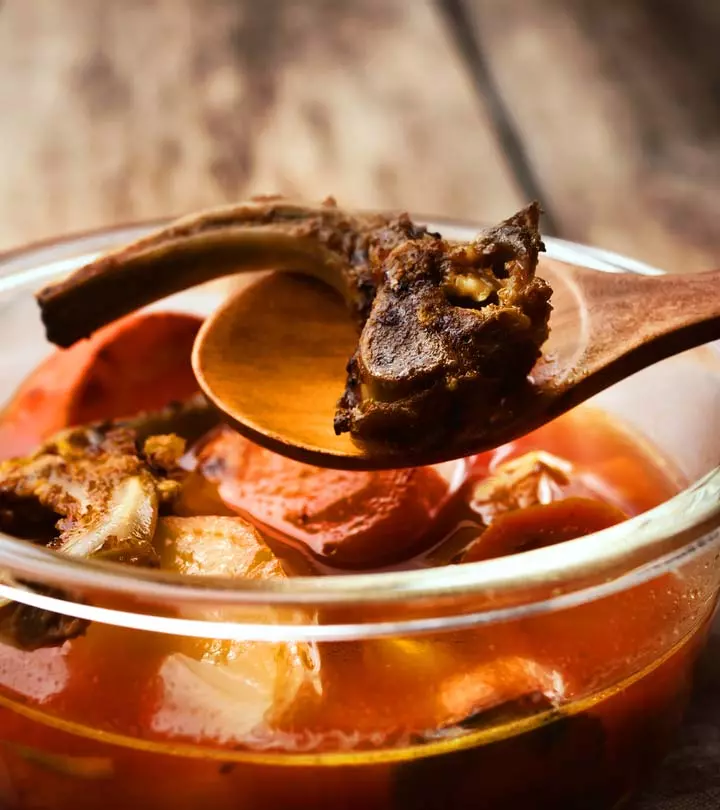
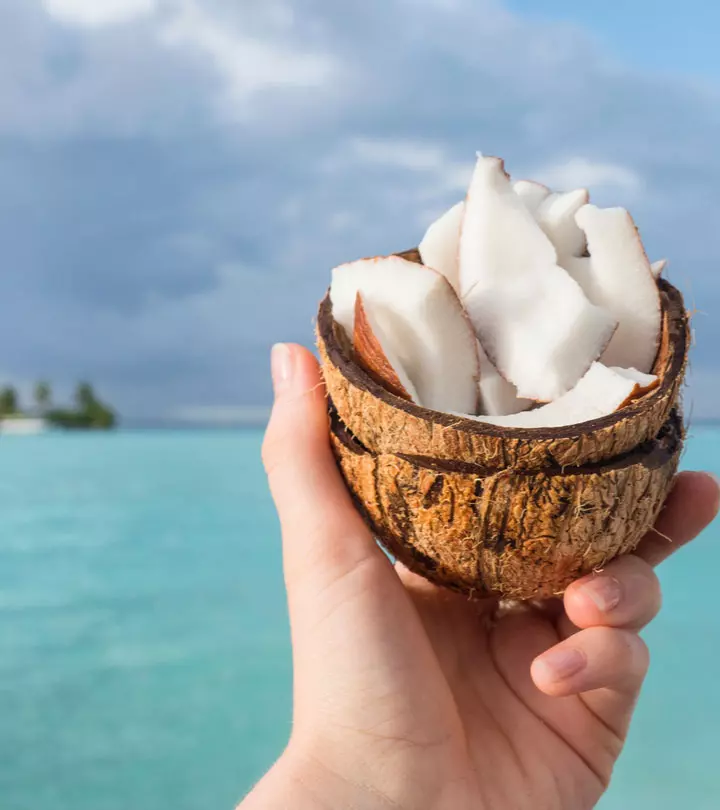
Community Experiences
Join the conversation and become a part of our empowering community! Share your stories, experiences, and insights to connect with other beauty, lifestyle, and health enthusiasts.